Dental Restorations: Rejuvenate Your Smile!
Restorative dentistry is typically performed for patients with chipped, cracked, or weakened teeth, but can also include dental implants in Slidell to replace missing teeth.
Did you know that a single missing tooth can cause neighboring teeth to drift out of place? This can also lead to additional tooth loss and other complications. Be proactive in maintaining your oral health — call our Slidell dentist at (985) 214-0818 to schedule a dental checkup. We also proudly serve patients coming from Ama, Taft, Holden, and the surrounding areas.
Experience Matters – So Does Kindness at Off the Trace Dental!
Our dentist in Slidell, Dr. Pamela Daigle, brings both technical skill and genuine compassion to her practice, making her one of the most trusted dentists in the Slidell area. With a Doctor of Dental Surgery degree from Louisiana State University and a deep passion for helping others, she approaches every patient with kindness and respect. Her gentle, thorough dental care is paired with clear communication and thoughtful guidance, so you never feel rushed or unsure. Whether it’s your first visit or your fiftieth, Dr. Daigle makes you feel like more than just a patient—you’re a valued part of her dental family.
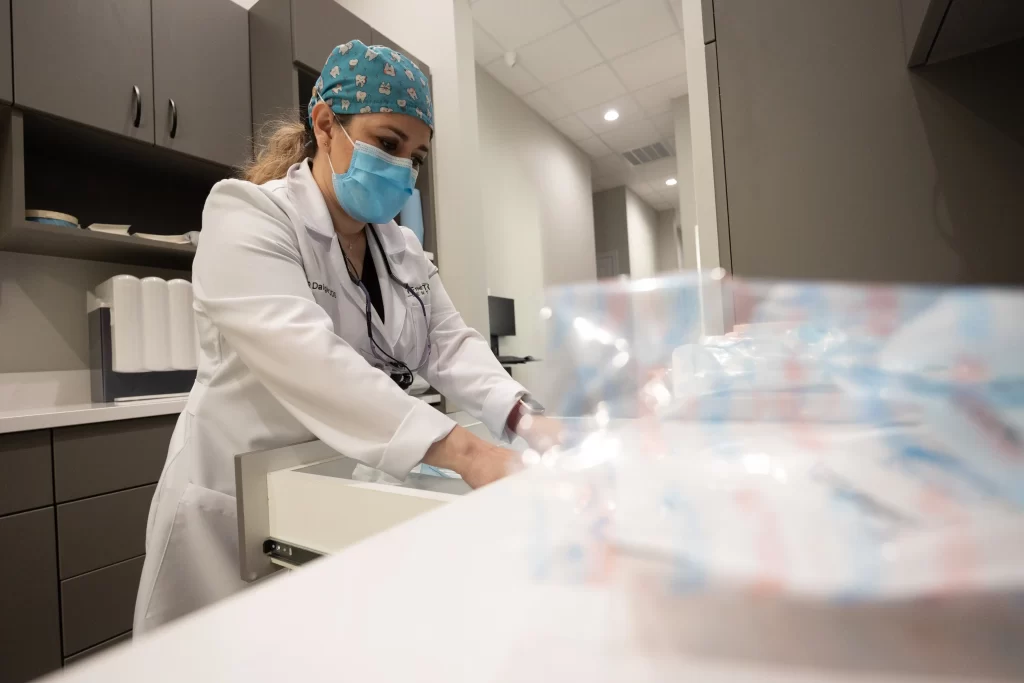
What Are Dental Restorations?
Dental restorations are a crucial aspect of modern dentistry, allowing individuals to restore the natural function and appearance of their teeth. With various types of dental restorations available, it can be overwhelming to determine the best option for your specific needs. In this article, we will explore the different types of dental restorations, including dental implants, crowns, dentures, veneers, and bonding. We will also discuss the benefits and drawbacks of each option, as well as the process of getting a dental restoration.
Tooth-Colored Fillings in Slidell, LA
Tooth-colored dental fillings are the most common restorative treatment. In fact, these procedures are so common that the average U.S. adult has three fillings. Factors influencing the cost of dental fillings include the type of material used, the size and location of the cavity, and the process of getting a filling done in a dentist’s office. What’s more, 25% have 10 or more! Tooth fillings are an effective way to seal a tooth once the decayed portion of a cavity has been removed. Our dental practice offers tooth-colored fillings to correct cavities without diminishing the appearance of your smile.
Dental Crowns as Restorative Dentistry
Dental crowns are designed to restore the structural integrity of a tooth following dental trauma or disease. Dental crowns can be crafted from porcelain or metal, but usually include a combination of the two. Metal crowns are known for their durability and resistance to wear. Metal crowns rarely chip, making them a long-lasting option. When a dental crown is placed, it covers the entire tooth, ensuring that it effectively restores and supports damaged or weakened teeth. Dental crowns are used to strengthen the tooth, prevent further deterioration, and restore its appearance. Dental crowns are often placed to correct chipped or cracked teeth as well as to fix a large cavity or to reinforce the tooth following a root canal procedure. Dental crowns can also be added to a dental implant to restore function to the tooth.
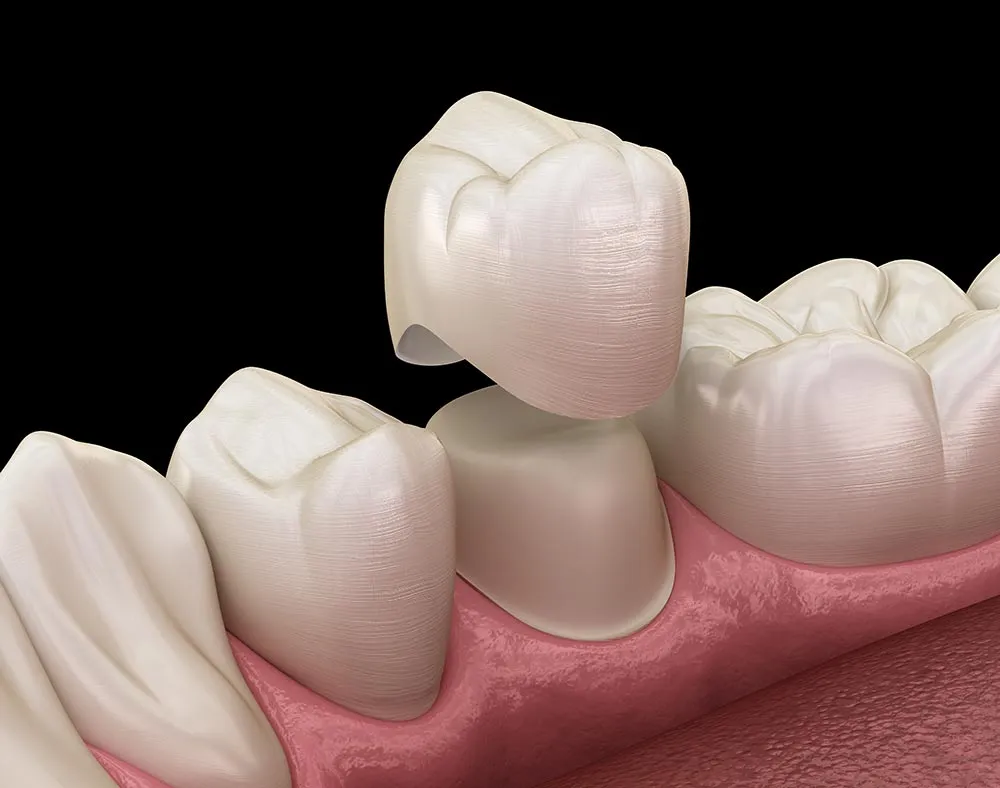
Dental Bridges
A dental bridge is often used to replace a missing tooth (or two teeth in a series). When a dental bridge is placed, two healthy teeth around the missing tooth are fitted with dental crowns. These crowns support a false tooth known as a pontic. While a dental bridge does a great job of restoring your smile’s appearance, the main goals of this therapy are to prevent teeth from drifting out of place and restore function to the missing tooth and its opposing tooth.
Dental Implants for Natural Tooth Replacement in Slidell, LA
For several decades, dental implants have been considered the gold standard when it comes to tooth replacement therapy and restorative dentistry. Dental implants offer many advantages over other tooth replacement options. Since the post of the implant fuses with the jawbone, the stability and durability are very similar to that of a natural tooth root. When restored with a porcelain or zirconia crown, the result can look virtually identical to a real tooth.
There are some downsides to this type of treatment. The cost may be out of range for some patients. And, the process requires patience; from the time the implant is surgically inserted to the time the crown or restoration is placed can take around 9 months. We would be happy to consult with you in order to determine if this is the right treatment for you. Consulting with a dental professional can help you understand the best treatment options available.
For more complex procedures, it is important to consult with a dental specialist to ensure comprehensive care.
Additionally, having dental implants surgically placed by an experienced oral and maxillofacial surgeon can significantly improve the success rate of the procedure.
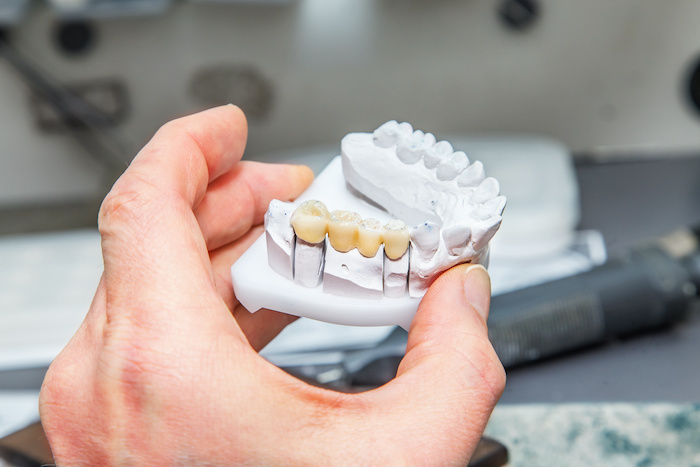
Dentures as Restorative Dentistry Near Taft, LA
Dentures are a type of restorative dentistry used to replace missing teeth. They are custom-made to fit your mouth and can be either partial or full, depending on the number of teeth you need to replace. Dentures are typically made of acrylic or ceramic materials and are designed to look and feel like natural teeth. They can be secured in place using adhesives, clasps, or implants.
There are several types of dentures available, including:
- Complete dentures: These replace all of your natural teeth and are typically used for individuals who have lost all of their teeth due to tooth decay, gum disease, or injury.
- Partial dentures: These replace only a few missing teeth and are typically used for individuals who have some remaining natural teeth.
- Implant-supported dentures: These are secured in place using dental implants and are typically used for individuals who have sufficient bone density to support the implants.
The benefits of dentures include:
- Improved appearance: Dentures can help restore the natural appearance of your teeth and smile.
- Improved function: Dentures can help restore the natural function of your teeth, allowing you to eat and speak with confidence.
- Convenience: Dentures are relatively easy to care for and can be removed for cleaning and maintenance.
However, dentures also have some drawbacks, including:
- Discomfort: Dentures can be uncomfortable to wear, especially if they do not fit properly.
- Limited durability: Dentures can wear down over time and may need to be replaced.
- Limited functionality: Dentures may not function as well as natural teeth and may require adjustments to your eating and speaking habits.
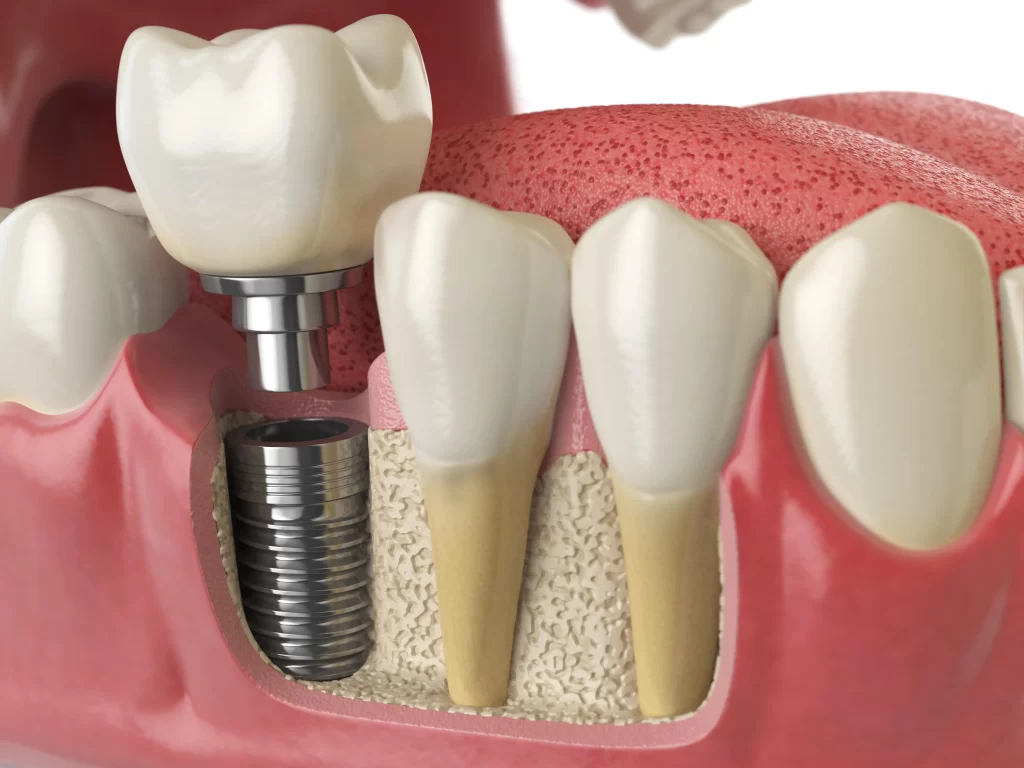
Veneers and Bonding
Veneers and bonding are two types of restorative dentistry used to improve the appearance of your teeth. Veneers are thin layers of porcelain or composite material that are bonded to the front of your teeth to improve their shape, size, and color. Bonding is a process that uses a tooth-colored resin to repair chipped or cracked teeth.
The benefits of veneers and bonding include:
- Improved appearance: Veneers and bonding can help improve the appearance of your teeth, making them look more uniform and attractive.
- Convenience: Veneers and bonding are relatively quick and easy procedures that can be completed in a single visit.
- Durability: Veneers and bonding can last for many years with proper care and maintenance.
However, veneers and bonding also have some drawbacks, including:
- Cost: Veneers and bonding can be expensive, especially if you need to have multiple teeth treated.
- Limited durability: Veneers and bonding may not last as long as other types of dental restorations, such as crowns or implants.
- Sensitivity: Veneers and bonding can cause sensitivity in some individuals, especially if the teeth are not properly prepared.
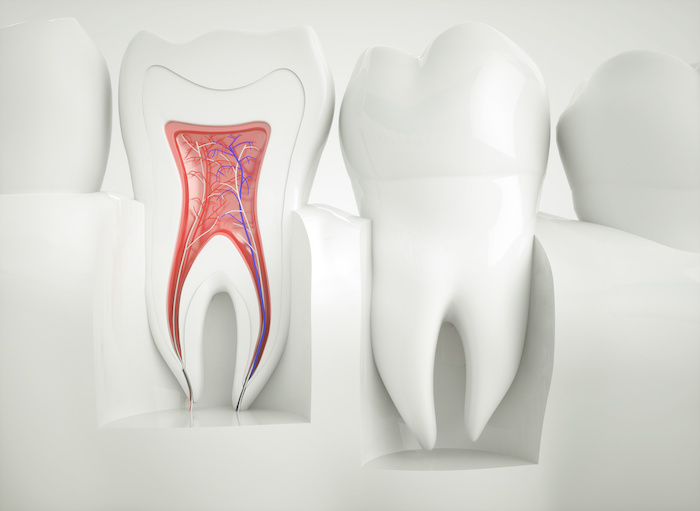
Root Canal Therapy as Restorative Dentistry
In root canal therapy, also known as root canal treatment, infected tissues from the pulp chamber and root canals of the tooth are removed as a form of restorative dentistry. Temporary crowns are often used during the waiting period for a permanent crown to protect the prepared tooth. The voids left are filled with a natural, biocompatible material known as gutta-percha. Since a relatively large amount of tooth material is being removed, the tooth is often restored with a temporary crown before the final dental crown is placed. Like most dental practices, we have the resources to perform minor endodontic procedures, but for more complex procedures, we may refer you to a local endodontist.
Frequently Asked Questions
A dental crown is a tooth-shaped cap that is placed over a natural tooth to restore its shape and size, while a dental implant is a surgical procedure that replaces a missing tooth with a prosthetic tooth. Off the Trace Dental offers both treatments.
The lifespan of dental restorations varies depending on the type of restoration and the individual’s oral health. On average, dental restorations can last anywhere from 5 to 20 years.
Most dental restorations are relatively painless, especially with the use of local anesthesia. However, some individuals may experience discomfort or sensitivity during or after the procedure. If you’re experiencing any pain that doesn’t subside, let Dr. Daigle know immediately.
Schedule Your Appointment for Restorative Dentistry in Slidell, LA
If you’re experiencing dental problems, don’t wait to seek treatment. Whether you’re in need of a filling, crown, bridge, implant, or root canal therapy, the team at Off The Trace Dental is here to help. Schedule an appointment with Dr. Daigle today and take the first step toward a healthier, more confident smile. Call our Slidell, LA, dentist at (985) 214-0818 to get started with restorative dentistry! We also proudly serve patients coming from Ama, Taft, Holden, and the surrounding areas.
